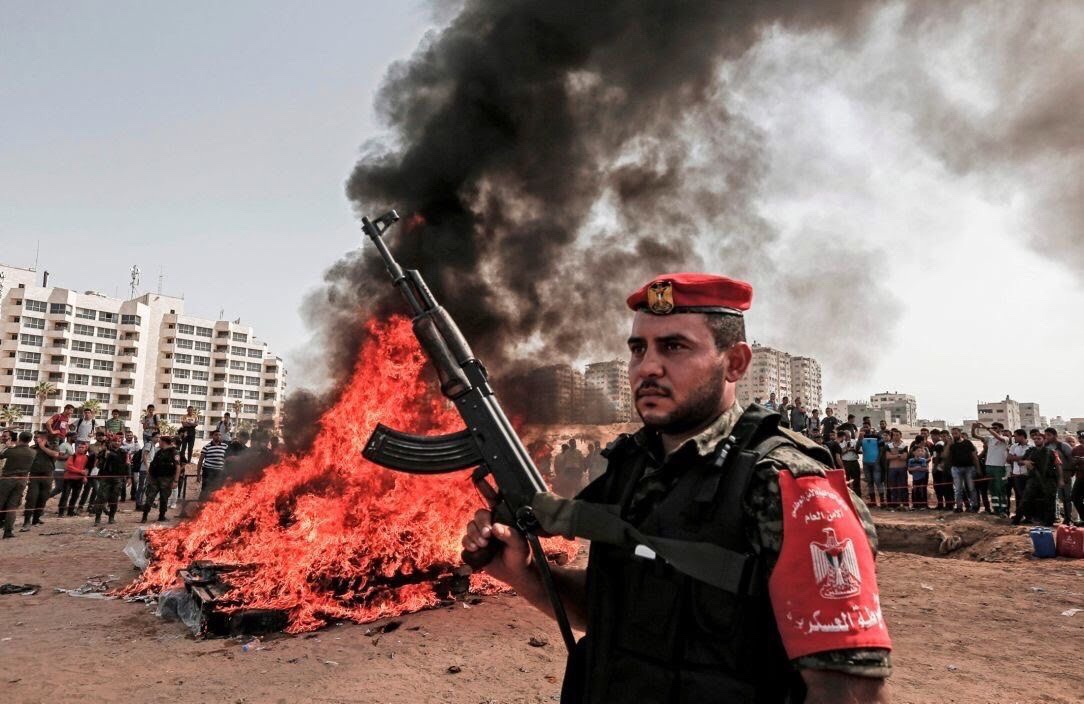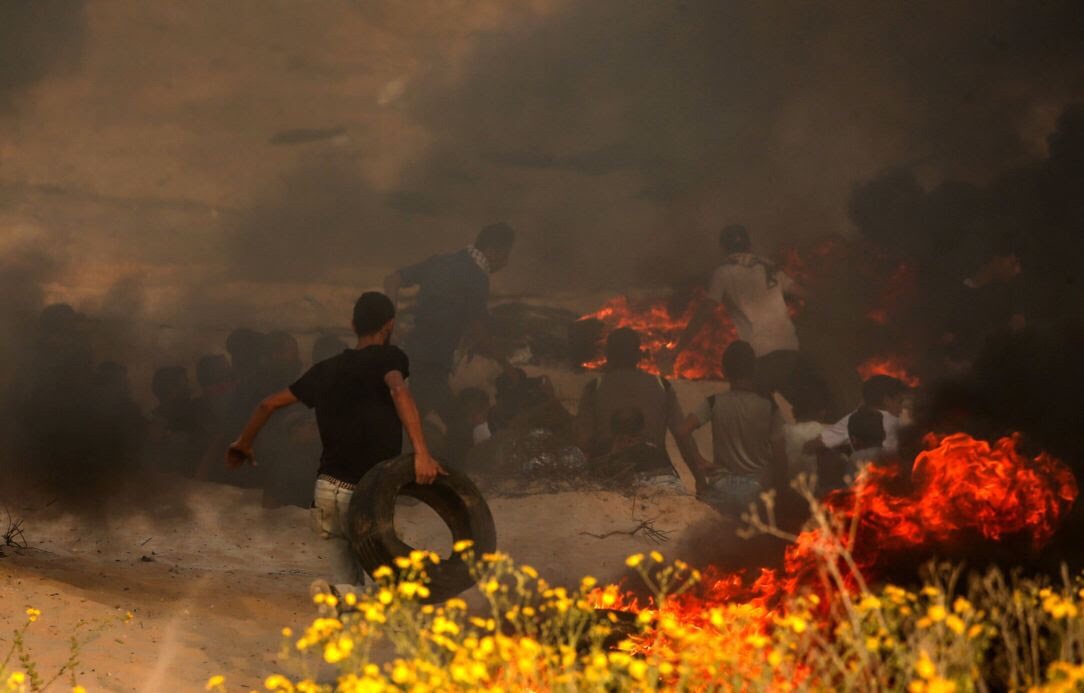 Israel vs. Gaza: The Pendulum Swings Back Toward Renewed Conflict
Israel vs. Gaza: The Pendulum Swings Back Toward Renewed ConflictAnother round of violence with Islamic Jihad may lead to a more serious military response by Israel that could complicate efforts to achieve calm
The Palestinian situation as described by Israeli defense officials is nearly identical to that as depicted by a senior politician in a conversation with reporters Monday. Last week Israel and Hamas weren’t far from achieving a long-term cease-fire – until the escalation over the weekend. But now, amid the violence led by Islamic Jihad in the Gaza Strip, and the obstacles placed by the Palestinian Authority, a more pessimistic tone has replaced qualified optimism.
The coming days are expected to be sensitive – and another round of violence with Islamic Jihad may lead to a more serious military response by Israel that could complicate efforts to achieve calm.
The senior command of the Israel Defense Forces, just like Prime Minister Benjamin Netanyahu, seeks any alternative to launching a large-scale operation in Gaza.
Last weekend, after the many ups and downs in the indirect talks brokered by Egyptian and UN officials, it seemed the sides were approaching a deal. Hamas leaders in Gaza were encouraged by the Israeli decision to let in Qatari-funded fuel shipments, which substantially increased the electricity supply for Gazans. At the same time, there were signs of a Qatari willingness to fund a significant chunk of Hamas employees’ salaries, which Palestinian President Mahmoud Abbas has been threatening to curtail.
The contacts went awry after Friday’s incidents. First, five protesters were killed by the IDF at the Gaza border fence in confrontations that the army described as more violent than usual. Through Friday night Islamic Jihad fired dozens of rockets and mortar bombs at Israeli communities near Gaza.
On Sturday morning a cease-fire was once again declared, under Egyptian pressure, but Sunday evening an Israeli airstrike killed three Palestinian teens as they approached the border fence, apparently with the aim of planting an explosive. Islamic Jihad threatened to respond but didn’t after pressure by Egypt and Hamas.

Palestinian protesters burn tyres during a demonstration on the beach near the maritime border with Israel, in the northern Gaza Strip, on October 22, 2018 AFP
Hamas now finds itself facing a dual challenge. On the one hand, Islamic Jihad is again raising the flag of resistance and is lambasting Hamas for its lack of response to IDF killings during the violent protests at the fence.
On the other hand, Abbas is threatening further sanctions against Gaza (and at the same time is saying he’ll halt security coordination with Israel – a step the PA has threatened many times without actually doing so). What looked like the start of a positive dynamic, if only for a few moments last week, has been replaced by a dynamic of escalation
In the background, tensions that are palpable on the streets have risen between the various Palestinian factions. In Gaza, protests were held near the homes of several Hamas leaders. In Ramallah there was a widely attended protest against alleged PA corruption.
IDF Chief of Staff Gadi Eisenkot visited the Gaza Division headquarters Tuesday to view the preparation of forces for the coming days. There will be a decent-sized deployment near Gaza toward the weekend amid concerns of a renewed escalation along the border and the possibility that Islamic Jihad will again fire rockets.
The international mediation efforts will continue, but the pendulum swinging between an escalation and a deal seems to be moving once again toward renewed conflict.
No comments:
Post a Comment